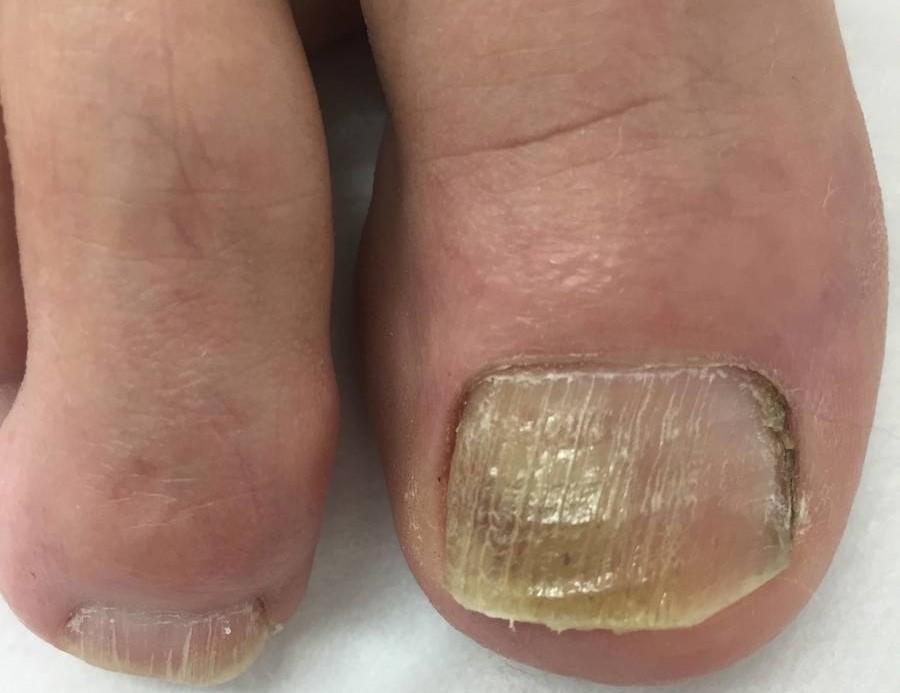Toenail Fungus Symptoms

Toenail fungus infections are very common, estimated to affect roughly 14 percent of the general population according to the Centers for Disease Control (CDC). In fact, toenail fungus infections are much more common than fingernail fungus infections because fungi thrive in warm, moist environments like stuffy shoes and wet socks. In this brief article brought to you by Mountain Spring Podiatry, we look at some of the symptoms as well as the causes and treatment options of toenail fungus. If you need a licensed podiatrist, or foot doctor, in the area, then call Mountain Spring Podiatry to schedule a convenient appointment today.
What is Toenail Fungus?
Fungi are microscopic organisms that thrive in warm, moist environments and can easily multiply, leading to infections. Fungus, also known as a fungal infection or onychomycosis, is a common condition that can affect various parts of the body, including the skin, nails, and hair.
When it comes to toenails, a fungal infection can result in a condition known as toenail fungus or fungal nail infection. Toenail fungus typically occurs when fungi, such as dermatophytes, invade the nails through small cracks or cuts in the skin around the nail or through the nail plate itself.
Factors Increasing the Risk of Toenail Fungus
Several factors can increase the risk of developing toenail fungus, including poor foot hygiene and nail care. Remember to keep your feet clean and dry, and properly trim your nails regularly. Poor nail trimming or any trauma to the nail can expose the skin to an infection.
Also make sure to wear appropriately sized shoes as tight shoes can create an environment conducive to fungal growth. Warm and moist environments, such as sweaty feet or damp shoes, can also increase the risk of toenail fungus.
The Symptoms of Toenail Fungus Infection
One of the first signs of a toenail fungus infection might be an insufferable, foul odor from the infected nail. With time, you may notice discoloration of the nail, such as yellow, brown, or white spots. You may also notice thickened yet brittle, crumbly, or ragged nails as well as changes in the shape or texture of the nail. Finally, there may be pain or discomfort in the affected toe or surrounding area.
Treatment Options for Toenail Fungus
There are quite a number of treatment options for toenail fungus, but the appropriate treatment depends on the severity of the infection, overall health of the patient, and other factors. Treatments include:
- Topical antifungal medications
- Oral antifungal medications
- Laser therapy
- Surgical intervention (Very Rare)
Some people even try home remedies such as vinegar soaks, tea tree oil, or essential oils, but effectiveness varies, and it’s always advised to see a podiatrist before attempting to treat foot conditions on your own.
Why See a Licensed Podiatrist?
While there are various over-the-counter treatments and home remedies available for toenail fungus, it is highly recommended to see a podiatrist if the toenail fungus is not going away or is a recurring problem. Call Mountain Spring Podiatry to schedule an appointment with a licensed podiatrist in Gainesville today.
